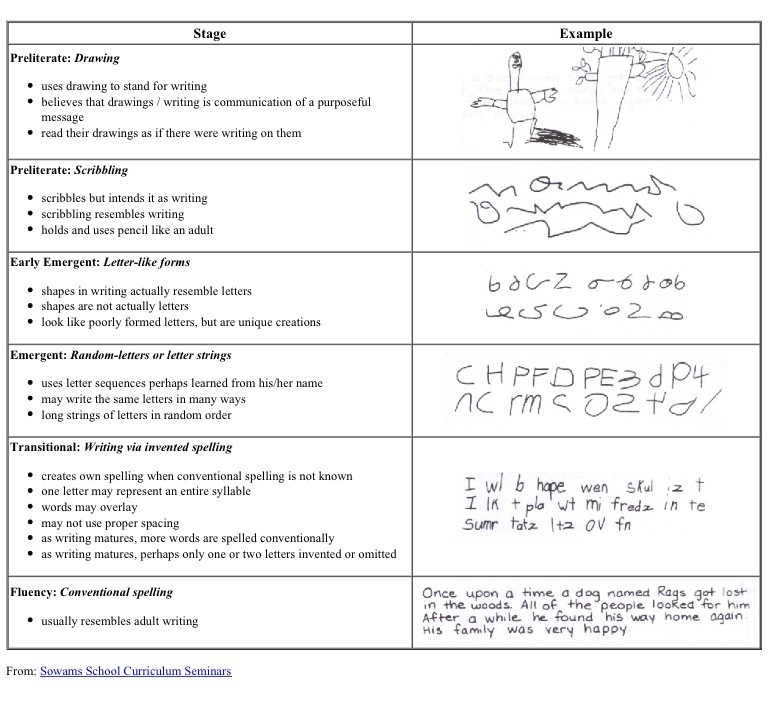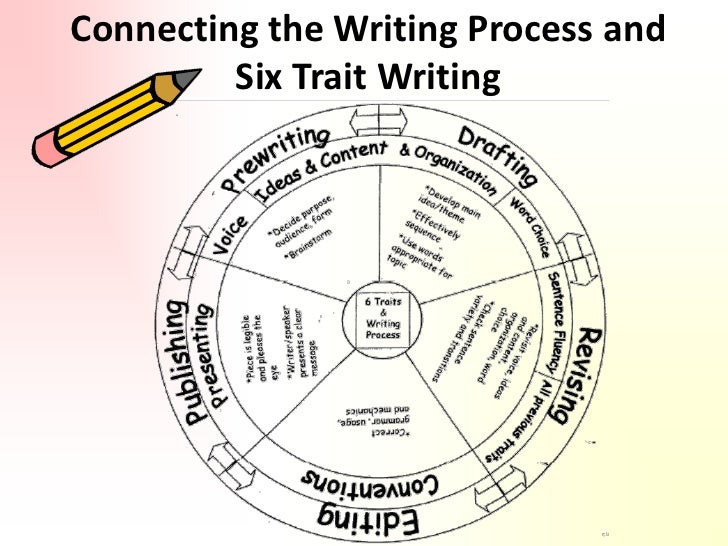3rd October, 2017
LIT 102 Reflection #2 (28th-29th September)
During this week of LIT 102, we learnt much about writing. To begin with, we were reminded of the importance of teaching students how to write. And in order for us to teach students how to write, we must first know how to write. In other words, the writing success of our students depend on our writing abilities.
Furthermore, apart from using approach or format to teach writing, we are now aware that students need to get actively involved in the learning process. Allowing them the opportunity to do things such as choosing the topics they want to write about can significantly improve writing skills. They are able to write on things that interest them, they write more and are more engaged in the topic. They have the chance to express themselves more freely and personally. Nevertheless, as the teacher, this does not mean coming into the classroom and say take out a book and write. Rather, it means allowing them the opportunity to write on a topic of their choice based on a specific genre they learnt.
In addition we learnt that teachers have to talk through what they are doing as they write. When teaching writing teachers must model to students how to write in all genres as this gives way to students understanding and development. They are able to see the thought process that is involved when writing as the teacher models it to them. All in all, we learnt that writing is a process, therefore it must be taught and not just given to students without explaining HOW.
More so, we learnt no matter the approach we use in the teaching of writing, children will always need time to write. The more practice they get the stronger/better their writing becomes. In addition to that, we learnt that interaction enables students to understand what it means to write for an audience. It was said that when students shared their writing or talk about what they wrote, their writing improves.
Moreover, we liked the way questions were asked at the end of every slide. The question that was most appealing to us was the one which asked “ do you think you know enough to teach writing?” We must say that question had us thinking and planning. We realized we are not that competent in our writing, therefore we decided to use the information presented in this session to improve our writing so we can then help our students become competent writers. As prospective teachers we would allow our students to get engaged in their writing as much as possible so that they would not see it monotonous, rather fun and a form of self-expression. In addition, this session has opened our eyes to some best practices that would help us in becoming effective teachers.
Equally important, it was reinforced to us that students go through stages of writing development, which are the Random letter stage, Phonemic stage, Transitional stage, conventional stage and the Proficient stage.. As prospective teachers, we need to know the stages of writing development so that we would know what to expect from students at the various stages and how instructions should be given at all stages to enhance students writing.

Furthermore, we were exposed to The Six Traits of Writing, which is a way of teaching writing to students. It was always emphasized to us that writing should be taught as a process and not a product, hence, this is where the Six Traits Plus one of writing comes in. It instruct teachers as to what they should teach in the writing process.
To begin with, we would teach our students about ideas. Students would learn that when writing they have to incorporate details that are interesting, important and informative. Their ideas would have to be strong to provide clarity and relevance to the topic. Likewise, our students would be aware that they have to organise their ideas in sequence to fit the central idea. They would learn about topic sentences and the need for supporting details so that their writing would be strong and meaningful to readers. In the same fashion, our students would learn about voice. Voice is the heart and soul of the writing, therefore the writer needs to develop his or her own distinct voice.
Additionally, there is another trait called word choice. This would allow students to select precise language and words that give their writing flavour and richness to readers. Equally important, students must understand that writing must have sentence fluency. This means sentences must have rhythm and flow logically into each other. Furthermore, students need to know that their are mechanical correctness to writing. We would teach them about spelling, punctuation, grammar/usage, capitalization and paragraphing so that they would write for understanding. Finally, after students have employ these six traits and re-read their work, they would have to present it to an audience.
As prospective teachers, not only would we introduce our students to the six traits of writing but we would also employ it when we write. We liked that these writing strategies are unambiguous and can help us create strong, meaningful writing.
In conclude, this week was rather an interesting and meaningful one. However for future sessions, we suggest that we get ourselves prepared by reading the slide and get familiar with the information before class. By doing this, we would have an idea of what we are going to learn about and have questions ready to ask for clarification. Additionally, as a class we tend to go off on a tangent from the lecture and this can result in waste of instructional time. For future sessions, we suggest that we stay as focused as possible on the lesson so that we would cover more information and have time for short assessments. Furthermore, we would like the lecturer to provide questions that would allow us to think critically about the information provided in class, and little activities to challenge us.


This reflection is very informative and I like the fact that it was pointed out that some of us are still weak writers, and the information will not only help our students but it will also help us to improve our writing skills before we go into the classroom. I think that the six traits of writing charts included in the reflection is a great way of simplifying the information reflected. I think pictures from class presentations should have been included on the blog.
ReplyDeleteIn my opinion this is a good example of a reflection, it is very informative and comprehensive. I am pleased with the fact that you included the importance of knowing about the six traits of writing, noting that it is beneficial to both the students and the teacher. You also mentioned that there is room for improvement within us all as student teachers and i admire that. However it would have been better if there was an inclusion of pictures or any type of visual representation of the activities presented in the class.
ReplyDelete